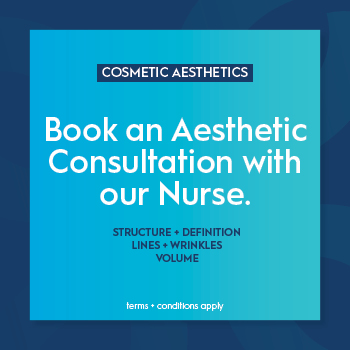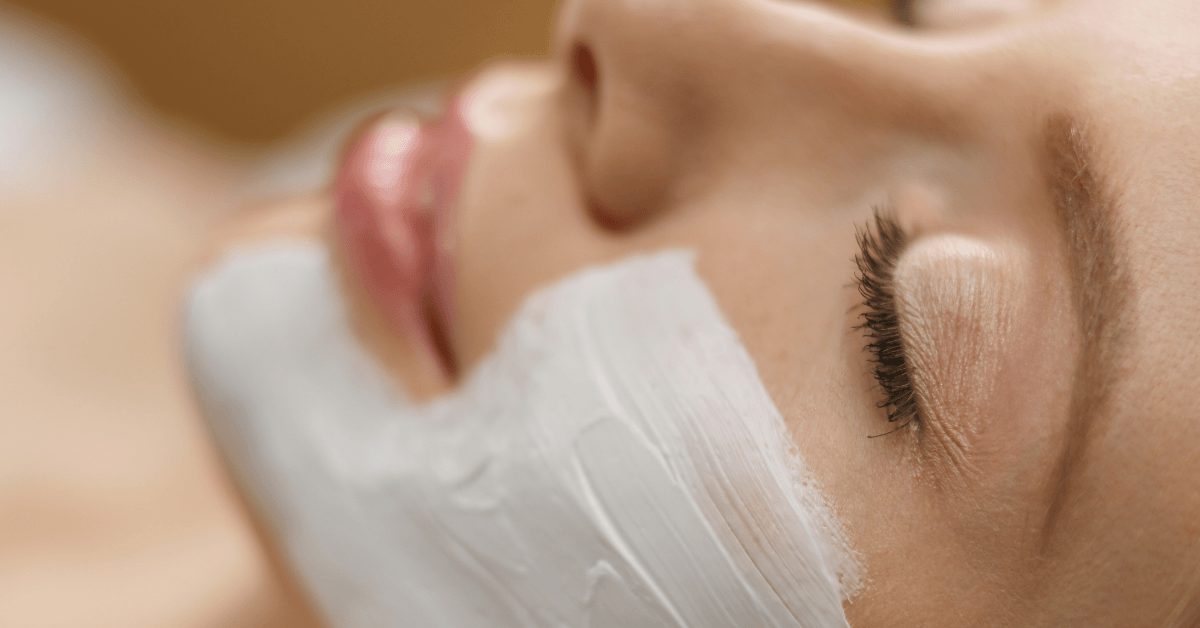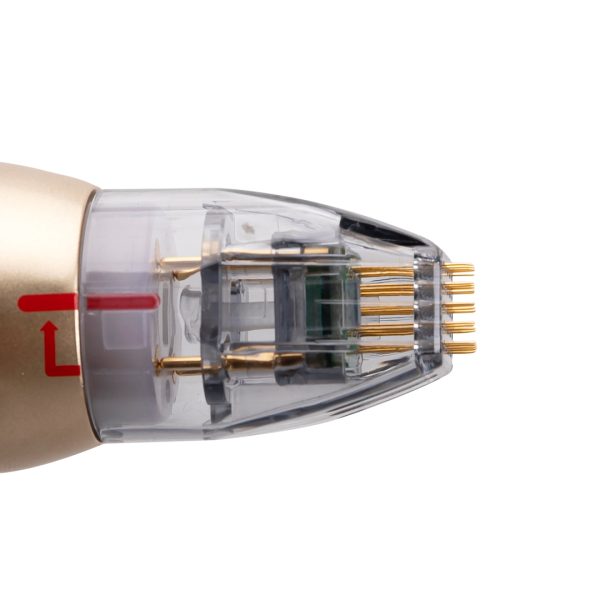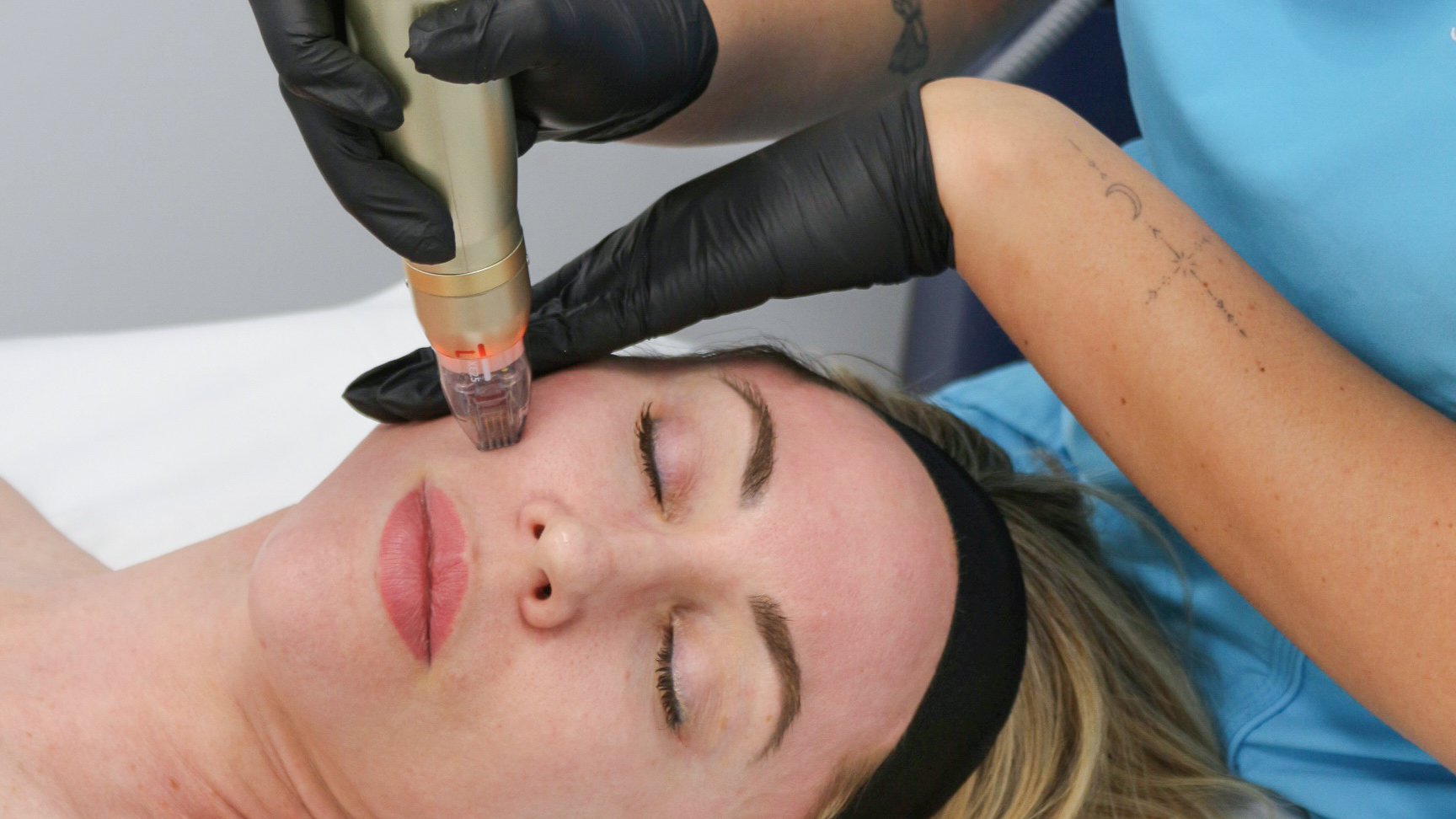Medi-aesthetic face peels, sometimes also called chemoexfoliation or derma-peeling, are techniques that are used to improve the skin texture and tone. But don’t let the term ‘peel’ freak you out!
Here are seven things you need to know about face peels…
1. How a MediPeel actually works
Medi-aesthetic face peels (aka MediPeels) involve the application of a chemical solution to your skin in order to speed up the exfoliation process. All peels work by removing the outermost layer of the epidermis (skin) and accelerating your skin cell turnover.
The treatment literally causes your skin to peel – but this is all part of the process! The strength of the peel determines the number of layers of skin peeled, the length of the downtime and inevitably, the final result.
2. If your skin concern can be treated with face peels
MediPeels can assist with a wide range of skin concerns such as scarring, acne, age spots, melasma (pregnancy mask), rejuvenation and more.
Almost everyone can benefit from a professional medi-aesthetic peel, however, your skin type and concerns will determine which type of peel you need. This is best assessed by a trained dermal technician, which leads us to our next point…
3. Why professional is always best
There are a lot of misconceptions surrounding acid peel solution strengths, and it can be unsafe to use an at-home face peel without a solid understanding of the ingredients, treatment instructions and advanced skin science.
When at-home chemical peels go wrong the results can range from unbearable pain to an increase in pigmentation, or even permanently scarred skin. Best to leave the advanced medi-aesthetic face peels to trained technicians at Australian Skin Clinics.
4. How to prepare for treatment
To ensure your skin is strong enough to tolerate the treatment, you may be required to prepare using active skin care products. Your pre-peel preparation may include a combination of retinol, vitamin C, a tyrosine inhibitor and glycolic ingredients.
For most peels, you will need to stop the use of any cosmeceutical retinol three days prior to your appointment and topical prescription retinol will need to be ceased at least two weeks in advance. Always check with your technician regarding the details of your pre- and post-care instructions for the type of peel you are undergoing.
5. When to get a face peel
After a face peel, it is important to avoid exposure to the sun because the new skin is fragile and more susceptible to complications. This makes winter the ideal season to start your series of medi-aesthetic peels, as it is easier to avoid the sun during the cooler months.
However, a face peel can be performed at any time of year – just be sure to remain vigilant in following your post-care instructions, applying the appropriate sun protection and avoiding excessive sun exposure.
6. You’ll need to swear by your sunscreen
No matter what time of year you choose to start treatment, you’ll need to swear by your sunscreen. It is important to use a broad-spectrum sunscreen every day. We recommend Aesthetics Rx Face & Body SPF50+ or Balense UV Defiance SPF50+ for the ultimate protection.
7. How to look after your skin post-peel
After your face peel, ensure you adhere strictly to your dermal technician’s post-care recommendations and avoid heavy makeup and ingredients that can irritate your skin, such as retinol.
If you must apply makeup, use a mineral powder that won’t clog your pores, and make sure your makeup applicators are clean and bacteria-free. Then all that is left to do is bask in the glow of your smoother, brighter-looking skin!
What facial peels does Australian Skin Clinics offer?
Our customised peels offer measurable results in the improvement of wrinkles and fine lines, sun damage, pigmentation, pore size, acne and oil production.
Discover if a skin peel is right for you by booking a complimentary skin consultation at your local Australian Skin Clinics today!










